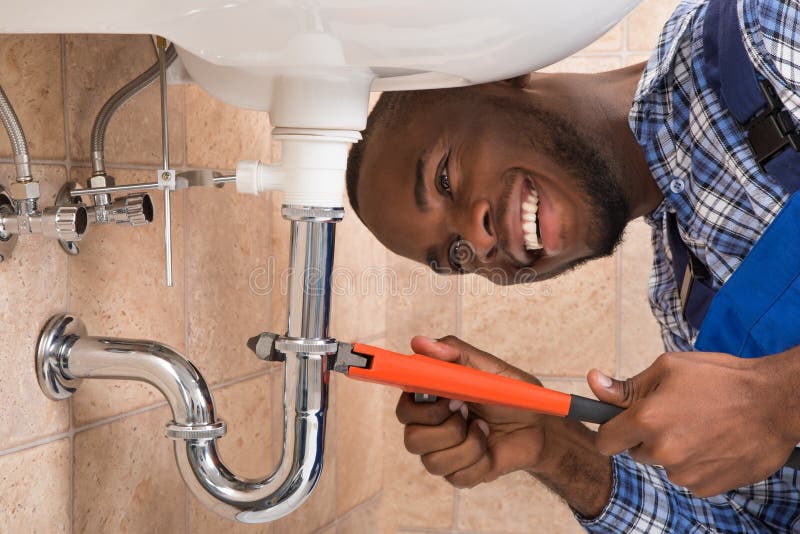Inexpensive Plumbing Services Alabaster AL for Every Budget
Inexpensive Plumbing Services Alabaster AL for Every Budget
Blog Article
A Step-by-Step Guide to Efficient Hot Water Heater Installation for Ideal Efficiency
Getting started on the task of setting up a water heater is an endeavor that requires precision and an organized technique for attaining ideal efficiency. As you continue, the complexities of attaching water supply lines and setting up trustworthy electric or gas connections await, encouraging understandings into making certain efficiency and dependability.
Selecting the Right Hot Water Heater

Next, think about the dimension and capacity of the water heating system. It's important to analyze your household's warm water requirements, which can differ based upon the variety of occupants and their use patterns. An unit that's also small may cause not enough hot water, while an oversized version could lead to unnecessary power intake.
Performance ratings additionally play a pivotal role in selection. Look for water heaters with high Energy Element (EF) ratings, indicating exceptional performance and decreased energy usage. Tankless models, though normally a lot more costly in advance, offer substantial energy financial savings with time as a result of their on-demand home heating abilities.
Preparing the Setup Area
Before installing a brand-new water heating unit, meticulous prep work of the setup area is important. It's important to determine the space meticulously to suit the water heating unit's measurements, making sure sufficient clearance around the unit for reliable operation and maintenance.
Following, remove any kind of particles, dust, or blockages from the site to develop a clean environment. Inspect the flooring for stability, as the water heating unit will certainly require a solid, level surface to run effectively. If required, mount a drip pan underneath the device to capture possible leakages or spills, preventing water damage to the surrounding area. In regions susceptible to seismic task, take into consideration mounting seismic bands to safeguard the heating system firmly in place.
Additionally, guarantee that all essential tools and materials are on hand prior to commencing the setup. This consists of things such as wrenches, screwdrivers, a degree, and any type of additional equipment needed for securing the heater and mounting. A well-prepared installation location sets the foundation for an effective water heater arrangement, maximizing performance and security.
Connecting Water Supply Lines
When attaching water lines to your freshly installed water heater, it is critical to guarantee that all connections are safe and secure and leak-free to keep reliable procedure and prevent water damages. Begin by identifying the cool and warm supply of water lines. The cold water inlet is commonly noted with a blue tag or a "C", while the hot water outlet is noted with a red label or an "H".
Use versatile water heating unit adapters to facilitate a simpler setup procedure. Prior to affixing the connectors, put a plumbing professional's tape around the threaded ends of the water heater's inlet and outlet pipes.
As soon as links are in place, slowly switch on the primary water system shutoff. Evaluate each link for leakages by visually inspecting and feeling for dampness. Tighten up links as necessary, and guarantee the pressure relief valve is properly set up, guarding versus too much stress accumulation.
Establishing Up Electric or Gas Connections
Effectively establishing up the electric or gas connections for your water heating system is a vital step to make certain reliable and risk-free procedure. For electric water heaters, begin by verifying that the electric circuit is compatible with the heating unit's voltage and amperage requirements.
For gas water heating units, safety and security is critical. Attach the gas line to the water heater using a versatile gas adapter, ensuring it is correctly threaded and secured with pipeline joint substance or Teflon tape suitable for gas connections.
As soon as links are made, inspect for any type of prospective leaks. For gas lines, use a soapy water remedy to the joints; bubbles indicate a you can find out more leak. For electrical links, ascertain that all wiring is protected and appropriately shielded, keeping conformity with local electrical codes.
Checking and Readjusting for Efficiency
With the electric and gas links safely in location, the next step is assessing the operational efficiency of your water heating system. Begin by meticulously transforming on the water supply and making sure there are no leakages at any of the joints or shutoffs.
Following, do a thorough inspection to ensure the burner or gas burners are operating appropriately. For electric heaters, make use of a multimeter to validate if the aspects are drawing the appropriate current. In gas designs, observe the heater fire; it should be constant and blue, showing effective combustion.
Change the setups as necessary to eliminate inadequacies. Think about implementing insulation measures, such as adding a water heater blanket, to better enhance efficiency by reducing warmth loss. Additionally, examine the anode pole's condition, as a tatty rod can lower effectiveness and bring about storage tank deterioration.
Conclusion
Efficient water heating unit setup is critical for ensuring optimal performance and energy savings. Securely connecting water supply lines and thoroughly setting up electrical or gas connections reduce prospective problems.

Appropriately establishing up the electric or gas links for your water heating system is an important action to make sure secure and reliable operation. For electric water heaters, begin by confirming that the electrical circuit is suitable with the heating system's voltage and amperage needs. Attach the gas line to discover this the water heating system making use of an adaptable gas adapter, guaranteeing it is properly threaded and secured with pipeline joint substance or Teflon tape ideal for gas links.
Report this page